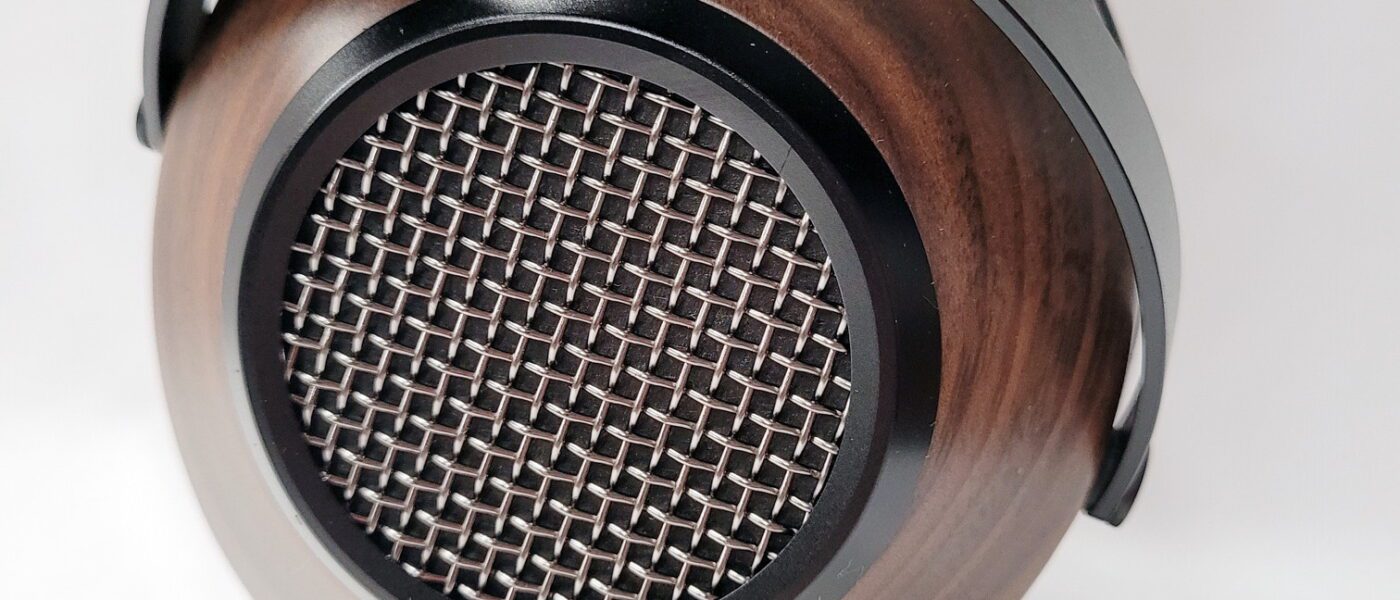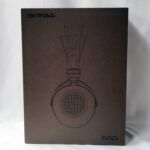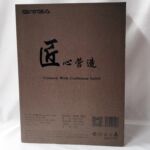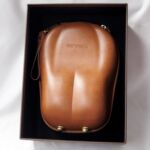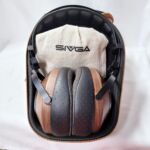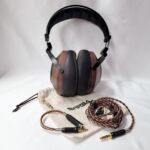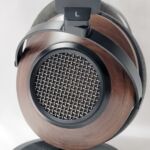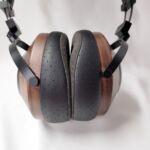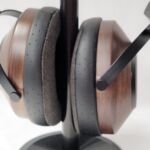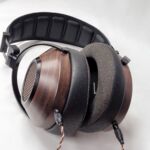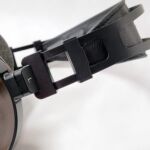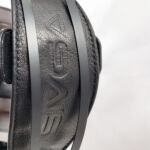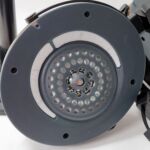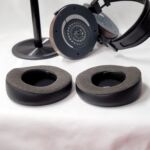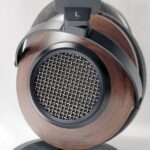Sivga SV023
disclaimer: I received the Sivga SV023 for purposes of review from Sivga. I have no financial interest in Sivga/Sendy or any of its distributors or partners.
I’ve reviewed several Sendy/Sivga products before with mixed results. They all tend to be well made and good looking, but some have hit the sound signature I like better than others.
Sendy Audio and Sivga Audio are sister companies operating from Dongguan city, China. Facilities. They handle research and development as well as production with Sivga focusing on the more modest products and Sendy taking on the flagship role. Historically, Sivga has focused on the budget space with products generally ranging in the $50-$350 range while Sendy products start at about the price point that Sivga leaves off and climbs into the $1500 range.
The model in hand today changes that a bit as the Sivga SV023 retails at $449 and supplants the Phoenix as the flagship of the Sivga line. So the SV023 has some big expectations to meet as its price puts it as a direct competitor with models like the Sennheiser HD660, Grado Hemp, and the Hifiman XS.
Unboxing certainly puts the SV023 on the right path as the headphones come in a leather hard case reminiscent of the classic Maxell Scott Italian leather briefcases that litter Wall Street daily. Opening the case reveals the headphones with the cable and adapters stored in a cloth bag separate of the main compartment to prevent scratches.
The headphone itself is one of Sivga’s best looking to date with walnut cups with a central stainless grill in each cup. The frame is all steel and aluminum with the only plastic being found in the cable. Pads are hybrid perforated leather on the sides and soft cloth on the face and a custom shape to better fit the head. They are one of the more comfortable headphones I’ve worn with my glasses as the clamping force is just enough to keep them steady but the cup shape helps keep it from pushing on the bows. There is an adjustable suspension headband in matching black leather, and the cups rotate on both axis with roughly 25° to either side on the vertical axis and 15° outward at top and 60° inward. Cables attach at the bottom of the cups using 2.5mm connectors for easy replacement as needed.
Internally, the SV023 uses a 50mm dynamic driver and while Sivga has several models with dynamic drivers and even one or two with 50mm dynamics, the big departure here is the driver in the SV023 has a nominal impedance of 300Ω with a sensitivity of 105 dB/mW. All of the other models in the line-up have impedances of 32Ω or below so this is something new. The driver was designed in-house with an aluminum frame and a composite diaphragm with the outer portion being liquid crystal polymer and the central portion being beryllium coated for added strength. The magnet structure is also a custom design for this driver using high potency neodymium magnets for added flux. Cables are 6N OCC in a 4 strand braid from jack to splitter and two strand twists above. All cable fixtures are matte black anodized aluminum matching the frame and the dual color (clear and brown) wires really set it off well. The cable is terminated using a 4.4mm jack and an adapter from 4.4 to 3.5mm is also provided.
Sound Notes:
As mentioned, I’ve been a fan of some Sivga and Sendy models and not others so putting these on the head for the first time I had no real expectations. What I got was the best sounding product in their line-up regardless of price. For me, this is now the flagship of the Sivga and Sendy lines. The sound isn’t perfectly flat, but the mild W signature is a big departure from other models in the line and a very welcome tuning for me.
Lows are well extended with good rumble at the bottom and good slam in the mid-bass but without getting boomy or overly forward. The driver has good speed and control and the bass is more articulate as a result. There is good emphasis where there should be in the music but then it fades back into the mix when it isn’t the star. This is not going to please those looking for exaggerated bass, but those looking for a realistic bass presentation with enough impact to make you take notice when the bombs drop will find the low end on the SV023 quite pleasant.
Lower mids are just a touch behind the upper-mids which means lower voices set more in the mix than in front of it but vocals do maintain good separation and are not obscured by the instrumentation. Lower mid vocals have good timbre but lack a touch of weight compared to some of the warmer models. Guitars have good growl with enough edge to sound sharp and raspy. Violins have good energy and there is just enough rise in the upper mids to carry the energy needed for strings. Upper vocals also benefit from this push and stand a step forward in the mix without getting shouty or strident in the process.
Lower-treble shares some of the elevation of the upper-mids before gracefully dropping back above about 6kHz. Percussion has good snap and cymbals have enough energy to sound good without getting metallic. Detail retrieval is quite good without the treble being overly hot in order to accomplish a “more detailed” sound as is common in budget tunings. There is enough top end above about 10kHz before final roll-off at near 14kHz that the SV023 sounds open and airy at the top with some sparkle. Again, this can become sizzle very quickly and the SV023 does a good job of staying away from that.
Stage is slightly wider than deep but maintains solid proportions and has good height as well. Seating the orchestra is straight forward with no major overlaps or gaps and the presentation is fairly realistic of both position and size. Instrument separation and layering are both better than expected which helps with drawing the mental picture of the seating chart or band positions. Movements are easily tracked around the space and positions are well defined.
Compare/Conclusions:
Overall, I found the SV023 impressive. Comparing it to the models mentioned in the intro, the HD660 is quite similar with a bit less sub-bass impact and a touch hotter treble than the SV023. The big differentiator for me is the comfort of the SV023 is better and the staging is better. I didn’t see that coming as stage tends to be a Sennheiser calling card.
The Grado shares almost nothing other than wood cups with the SV023 and between the two, users will definitely have a preference for one signature or the other. The SV023 is perhaps better suited to classical, jazz and EDM while it is hard to argue Grado’s tuning for Rock and Blues.
The Hifiman Edition XS has been my model to beat at this price point because of its detail retrieval and linearity and it will stay there for those two traits. However, the SV023 will join it as the best alternative for those looking for a touch warmer more musical tuning where the concern is less for linearity and more for engagement. Sivga has taken the lessons learned to date and proved they can build a headphone that can compete with the big names, color me impressed.
-
Bass - 8/108/10
-
Mids - 7.5/107.5/10
-
Treble - 7.5/107.5/10
-
Soundstage - 7/107/10
-
Imaging - 7.5/107.5/10
Summary
Pros: Great Build quality, good looks, balanced sound, good tonality, comfortable
Cons: higher priced than earlier models, proprietary pads limit replacement options

